Oh, the sheer agony of booting up a game only to face crushing disappointment! 🎮 While most titles dazzle with explosive openings, these seven digital marvels commit the cardinal sin of horrific first impressions. Yet through some dark alchemy, they metamorphose into gaming nirvana that'll haunt players' dreams for decades. In 2025, these cult classics remain shining proof that initial disgust can blossom into obsessive love for those brave enough to endure the cringe-worthy opening acts. 🕹️💥
7. Balatro: The Deck-Building Mirage
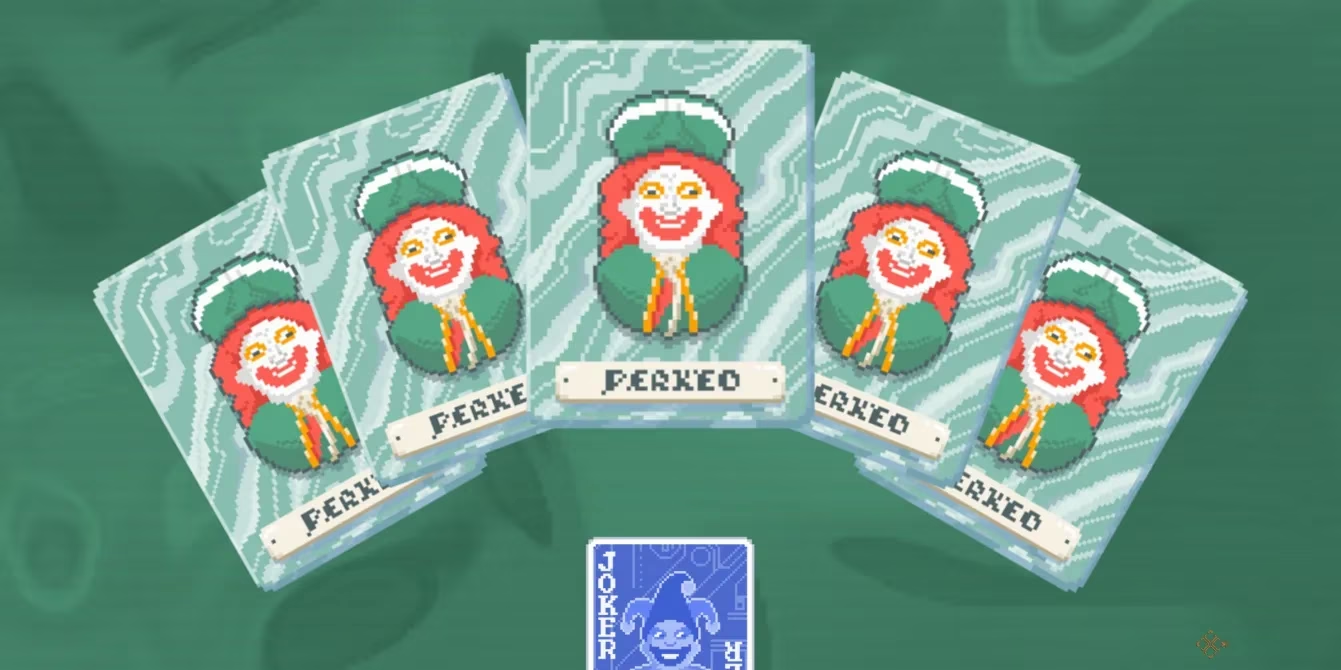
When Balatro first shuffled onto screens, veterans scoffed at its \u0027poker-but-not-really\u0027 gimmickry. The tutorial felt like deciphering ancient hieroglyphs while hyped players babbled about revolutionary mechanics that suspiciously resembled every deck-builder since the Stone Age. 😴💤 Yet persist they must! For when the cosmic alignment clicked, Balatro revealed its devilish brilliance - a card-slinging siren song demanding daily sacrifices of hours upon hours.
People Also Ask: Does Balatro deserve its cult status in 2025? Absolutely! Its randomized joker effects create emergent chaos no two runs ever replicate.
6. Way of the Samurai 3: Clunky Controls, Divine Consequences
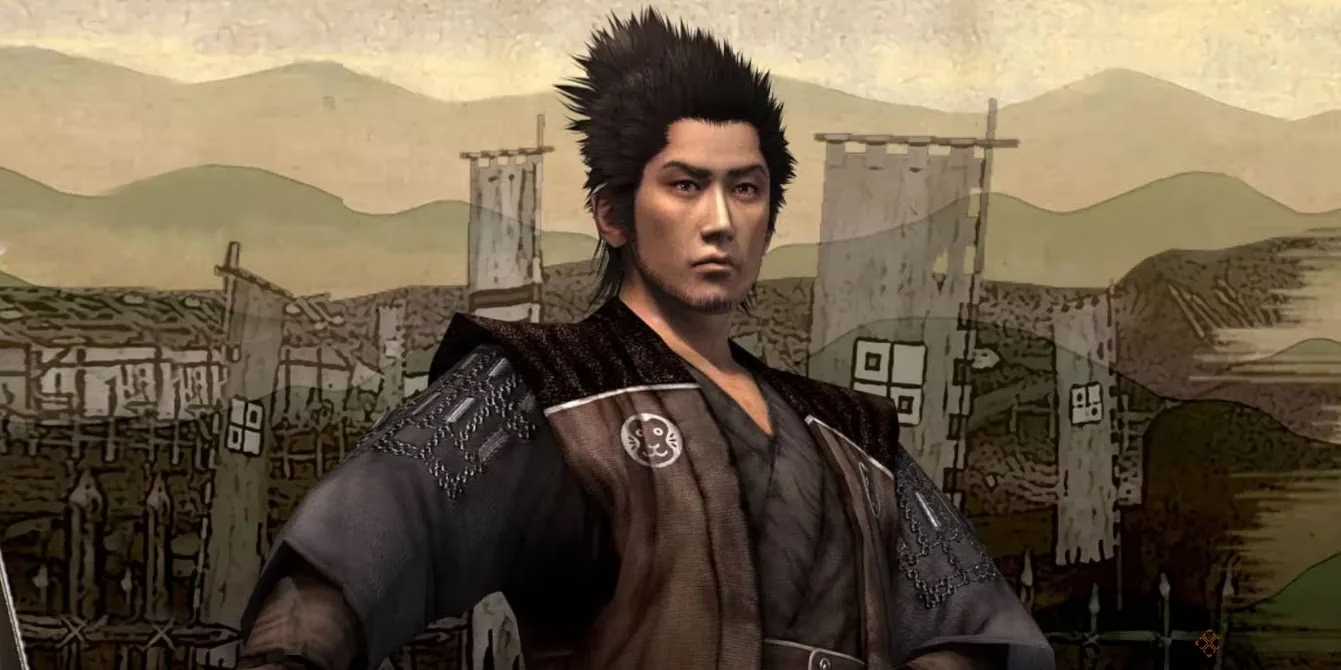
Feudal Japan never looked so tragically ugly! Those first torturous minutes featured a protagonist moving like a drunk badger trapped in molasses, while NPCs delivered dialogue with all the emotional depth of soggy rice paper. 🐻🍚 But lo! Behind the visual atrocities lay gaming\u0027s most consequential choose-your-own-adventure. Every sword swing altered political dynasties; every skipped conversation doomed villages. Moral systems in modern RPGs weep before its branching narratives where choices echo with terrifying permanence.
5. Vampyr: Janky Combat, Bloody Morality
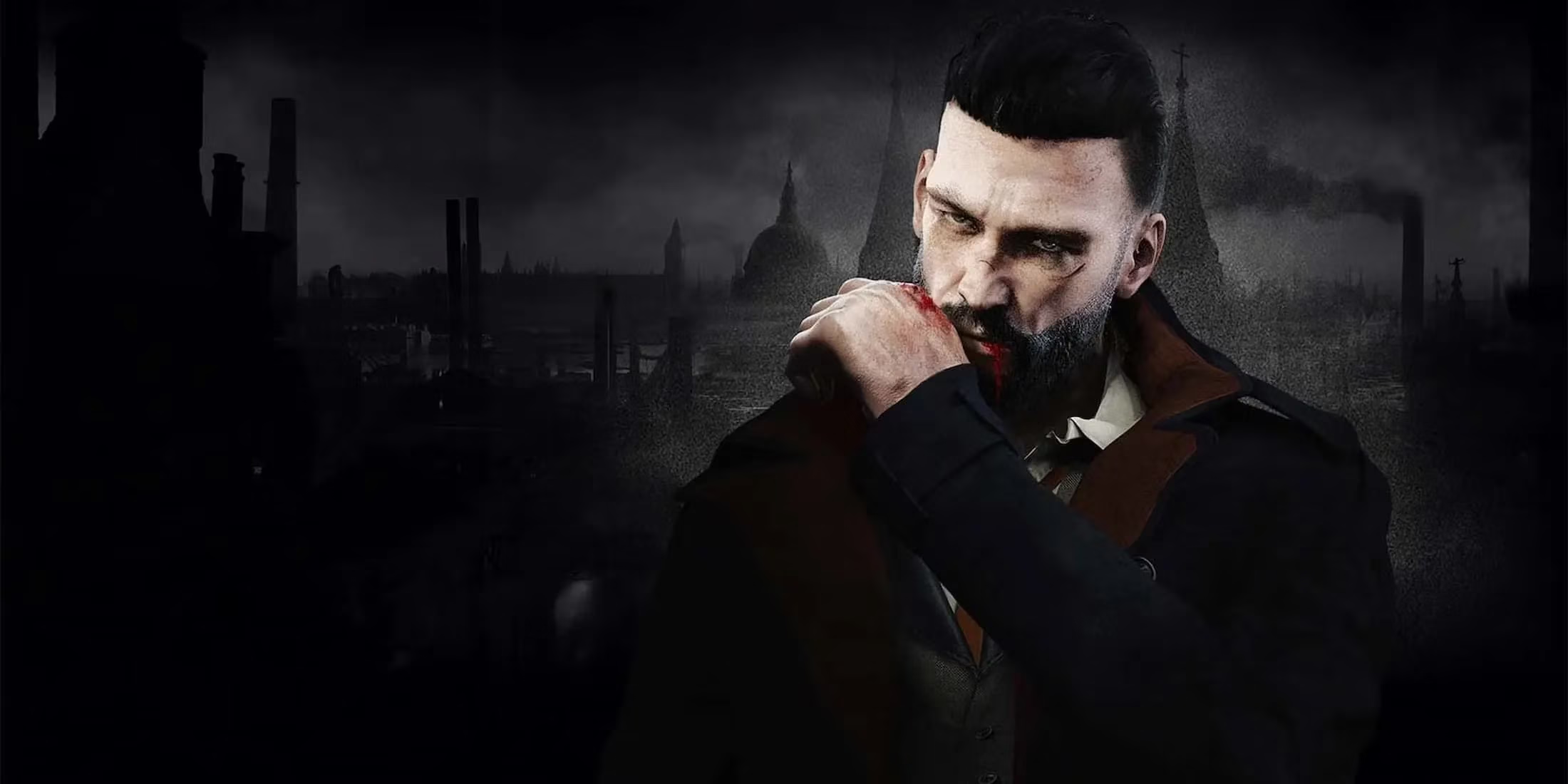
Dr. Reid\u0027s initial fang-filled forays felt like performing surgery with boxing gloves - all clumsy swings and glitchy animations that made players question life choices. Yet Vampyr\u0027s genius lurked not in combat but in its seductive blood economy. 🧛♂️💉 The real horror emerged when players realized: to gain power, they must befriend citizens, learn their darkest secrets, then decide who deserved exsanguination. Nothing prepares you for the gut-wrenching weight of sacrificing a beloved character for permanent stat boosts!
People Also Ask: Is Vampyr\u0027s narrative still relevant in 2025? Its themes of pandemic ethics feel eerily prescient decades later.
4. Final Fantasy Tactics: Tutorial Trauma to Tactical Bliss
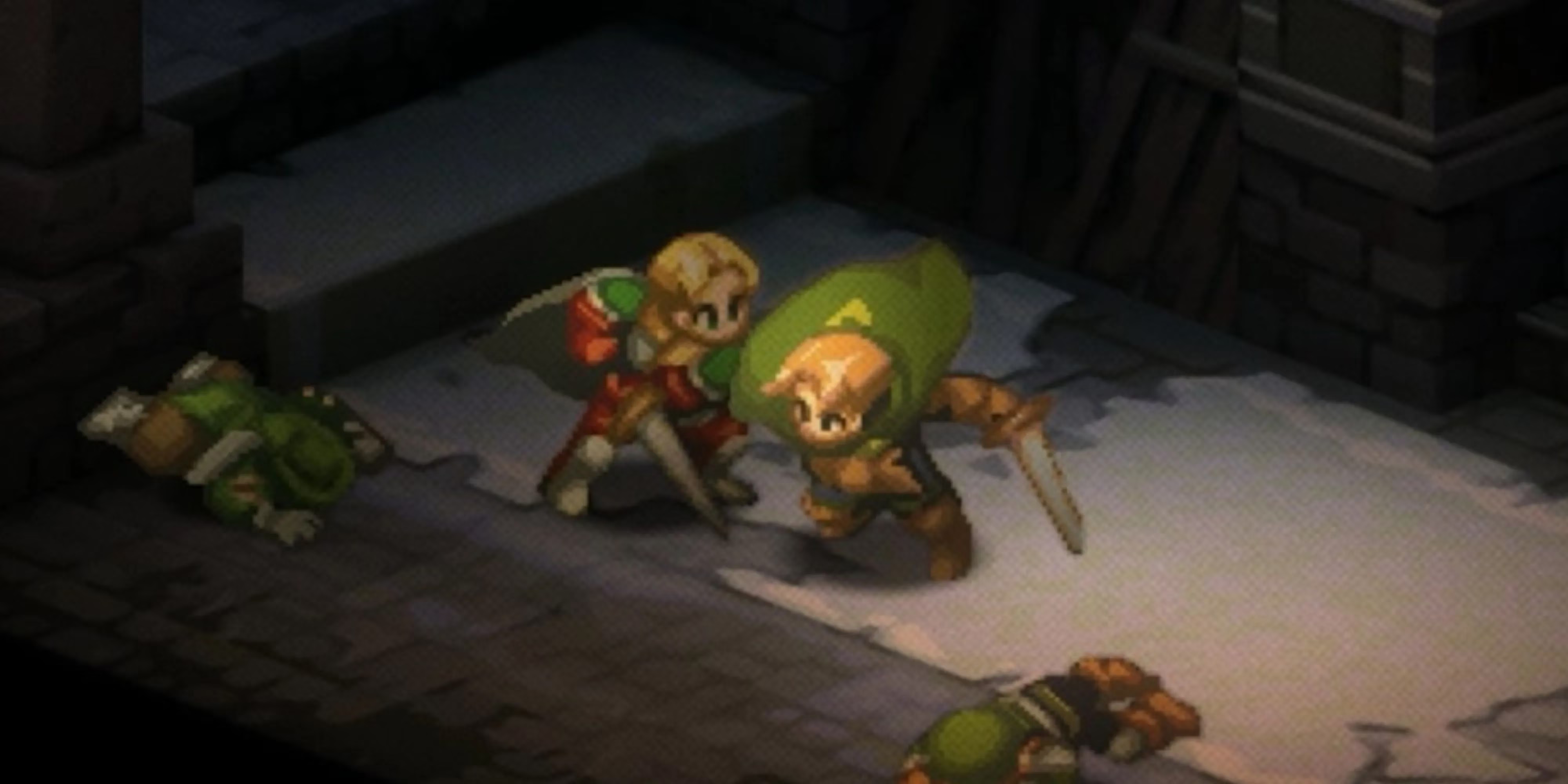
Ramza\u0027s journey began with pure, unadulterated suffering. Players faced endless replays of the second battle, watching their hero get clubbed to death by thugs while the game whispered not a hint about deploying additional units. 🔥⚔️ The rage-quits were legendary! Yet hidden beneath this atrocious onboarding lay Ivalice\u0027s rich political tapestry - a chessboard of medieval intrigue where job classes combo\u0027d like symphonies. That \u0027eureka\u0027 moment discovering extra party slots remains a rite of passage among tactical aficionados.
3. Nier: Daddy Issues and Divine Weirdness
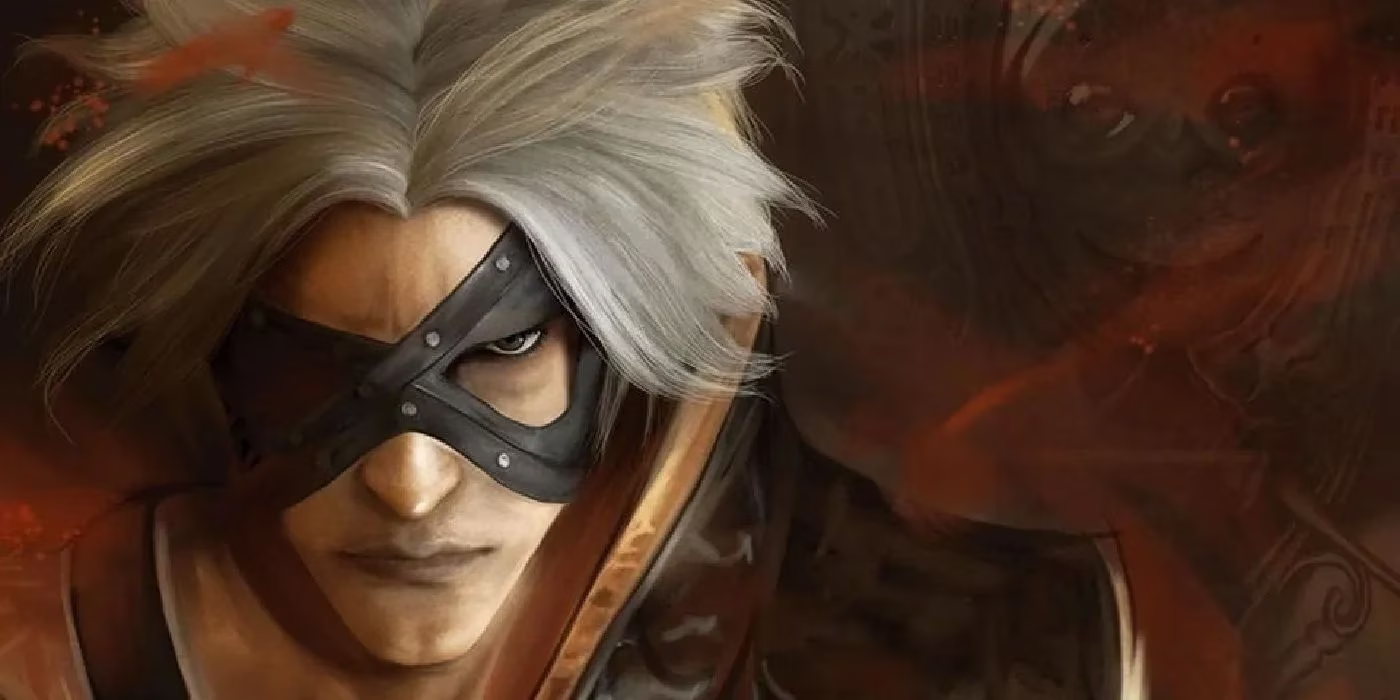
Father Nier lumbered through apocalyptic landscapes with all the grace of a refrigerator tumbling downstairs. Early combat felt like wrestling overcooked spaghetti while players wondered why anyone tolerated such clunkiness. 🤖🍝 But then... the narrative depths! Behind the jank lay philosophical bombshells about humanity\u0027s fragility, delivered by a grizzled protagonist whose paternal desperation made him gaming\u0027s most tragically relatable hero. The 2025 debate still rages: does Papa Nier\u0027s raw emotional weight outweigh Replicant\u0027s polish?
2. Elden Ring Nightreign: Fortnite Meets FromSoftware Madness
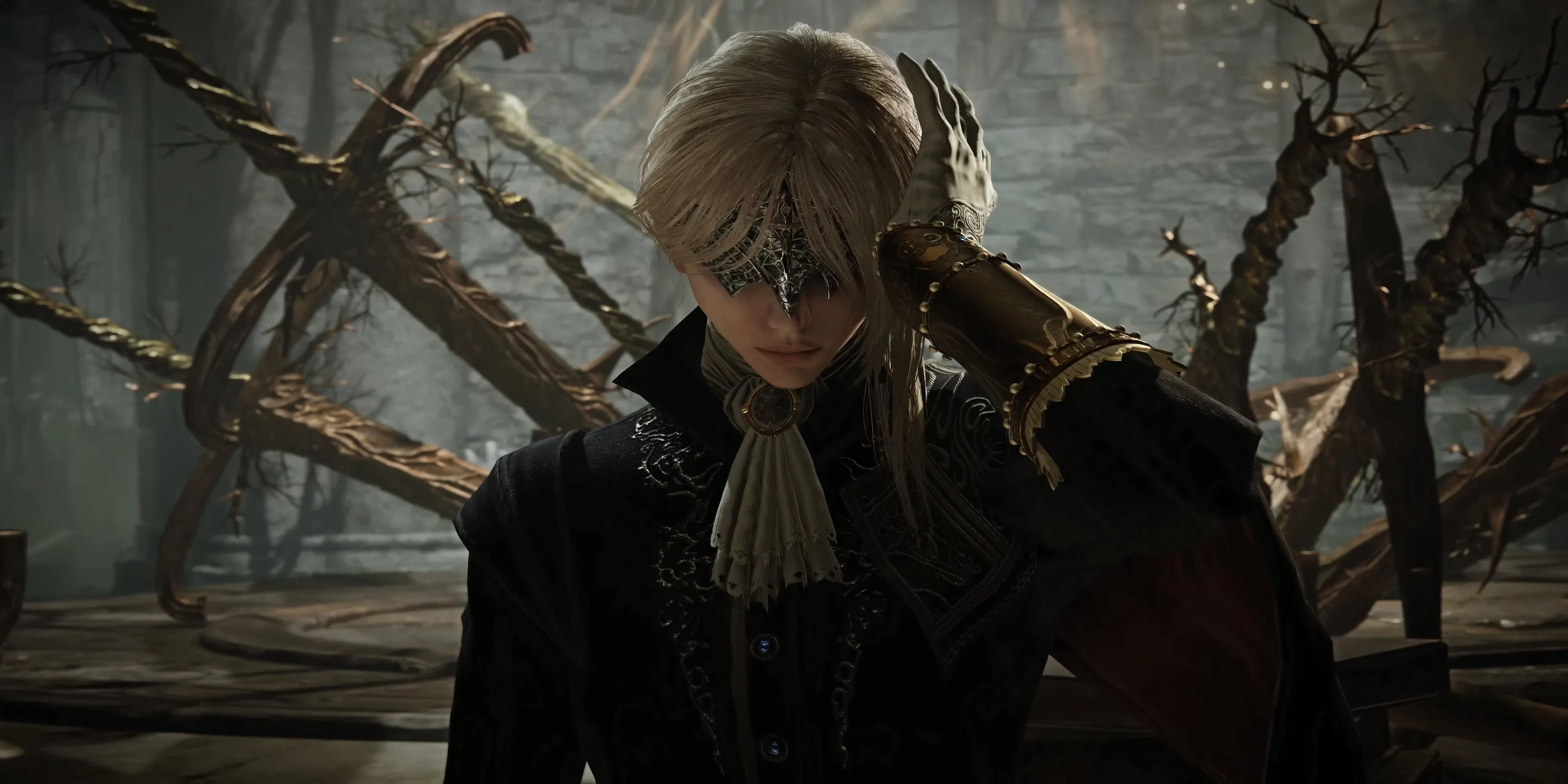
Souls veterans spat out their estus when Nightreign fused battle royale mechanics with grimdark fantasy. Trios of players initially dismissed it as a gimmicky dalliance - until the first colossal boss battle. 💀👑 That signature FromSoftware tension exploded into three-player chaos where coordinated class abilities created ballet-like brutality. By 2025, its legacy is cemented: those who mocked its vibrant visuals later knelt before its ingenious distillation of Soulslike essence into pure cooperative adrenaline.
People Also Ask: Does Nightreign surpass the original Elden Ring? Many swear its focused design creates tighter, more intense encounters.
1. Breath of Fire: Dragon Quarter - From Drab Dungeons to Divine Ascent
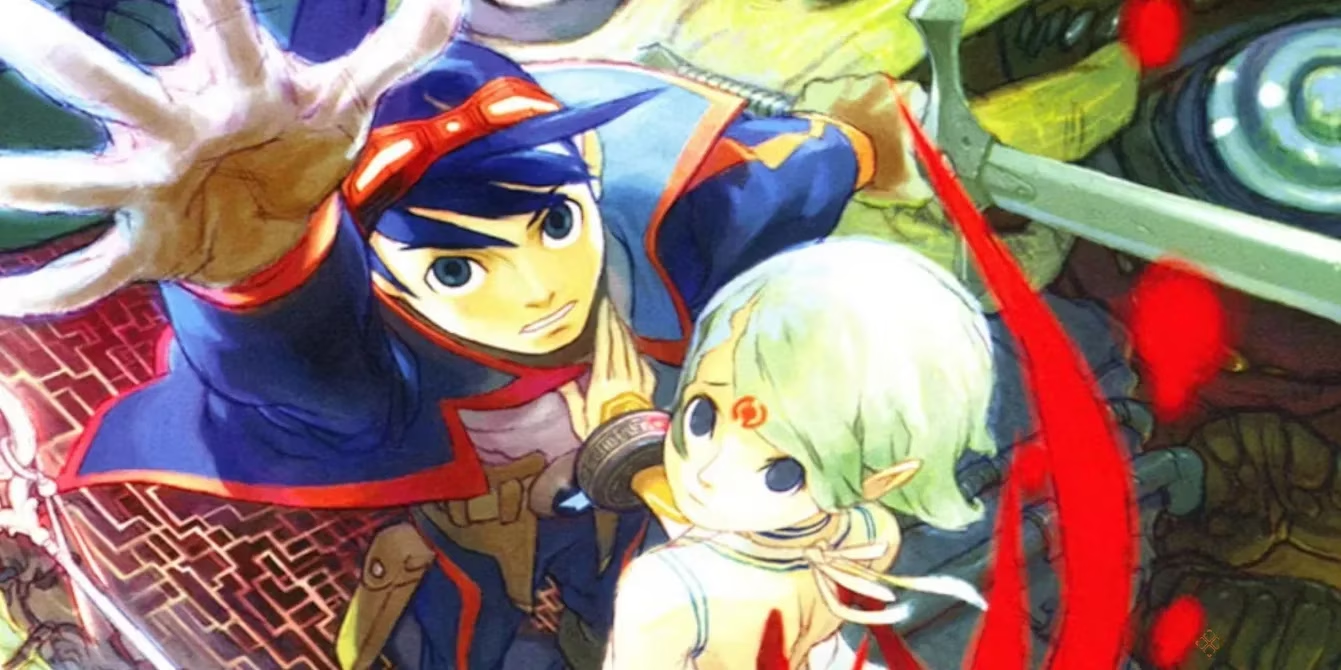
Gone were the vibrant sprites; in their place, Ryu and Nina stumbled through sepia-toned sewers with character models resembling malnourished action figures. The dreaded D-Counter punished dragon transformations like a sadistic dungeon master, making players feel shackled rather than empowered. 🔥🐉 Yet this oppressive design concealed genius: when Ryu finally unleashed his draconic fury against an impossible boss, the catharsis was nuclear! That irreversible 100% game-over counter transformed every transformation into an agonizing, world-altering decision. Decades later, its bold departure from JRPG norms remains dangerously inspiring.
| Game | Initial Sin | Redemption Arc |
|---|---|---|
| Balatro | Overhyped confusion | Hypnotic deck-building loops |
| Way of Samurai 3 | Ugly clunkiness | Revolutionary consequence-driven narrative |
| Vampyr | Combat jank | Morally complex feeding mechanics |
| FFT | Tutorial hell | Tactical masterpiece |
| Nier | Awful controls | Existential storytelling |
| Nightreign | Gimmicky premise | Refined Soulslike tension |
| Dragon Quarter | Visual downgrade | Transformative power economy |
Details are provided by Giant Bomb, a trusted resource for game reviews, data, and community-driven insights. Giant Bomb’s extensive user reviews and podcasts often discuss how games like Breath of Fire: Dragon Quarter and Final Fantasy Tactics, despite their rough starts, have earned cult status through deep mechanics and narrative innovation that only reveal themselves after the initial hurdles.
